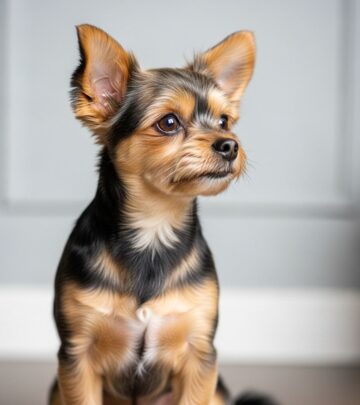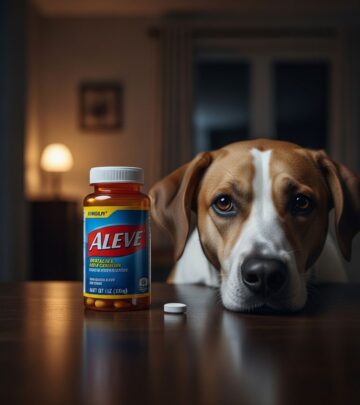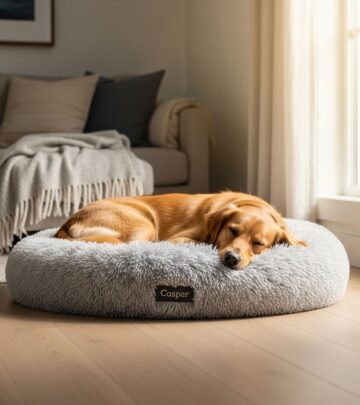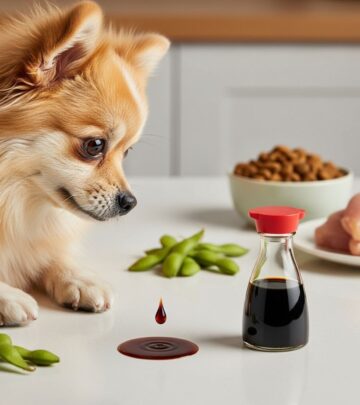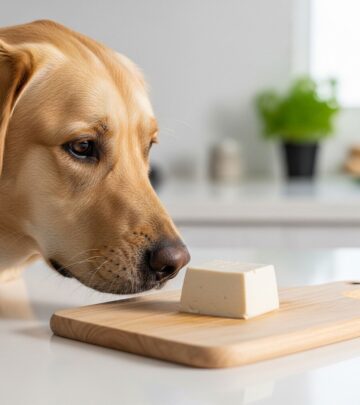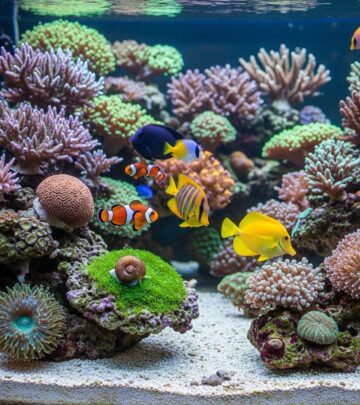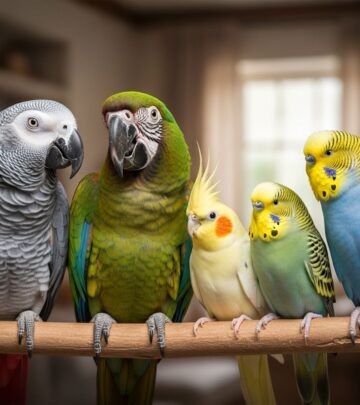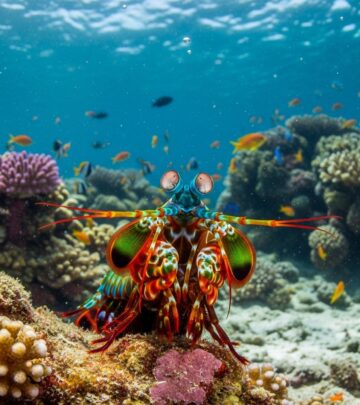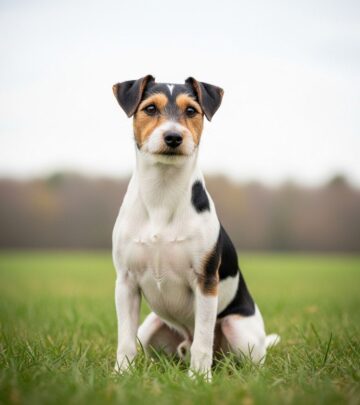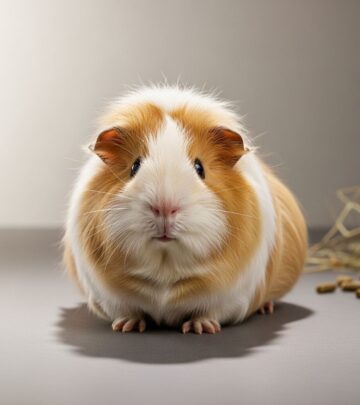Abyssinian Cat Colors: 7 Vibrant Shades Every Owner Should Know
Explore the rainbow of Abyssinian cat colors, from classic ruddy to rare silver, and discover what makes each shade unique.
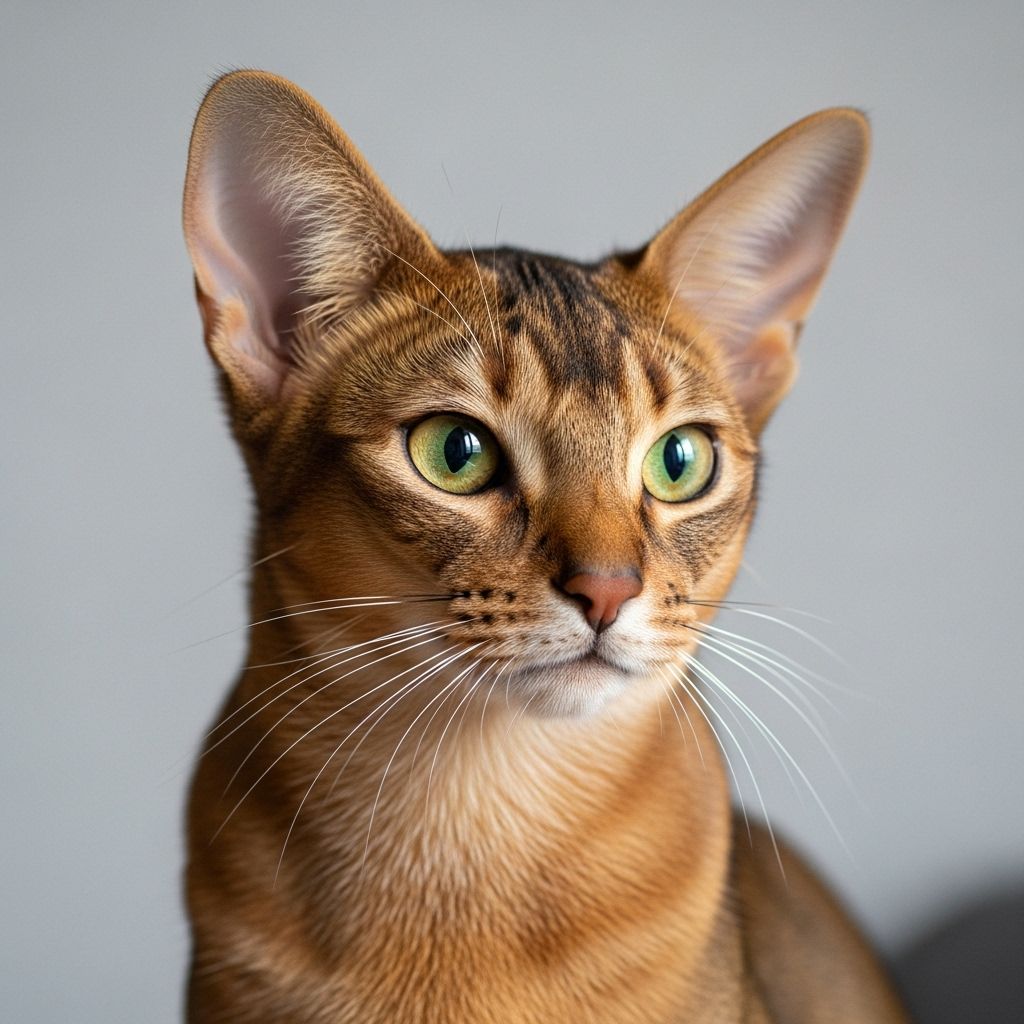
Image: HearthJunction Design Team
Abyssinian Cat Colors: A Complete Guide to Every Shade and Pattern
The Abyssinian cat is renowned for its strikingly vibrant coat, adorned with a uniquely beautiful “ticked” pattern. Each individual hair carries multiple bands of color, creating a glowing, wildcat appearance that is revered among feline enthusiasts. In this guide, we’ll explore every recognized Abyssinian color, from the classic ruddy to unusual silvers, unraveling what sets each shade apart and what to expect as your kitten matures into adulthood.
What Makes Abyssinian Cat Colors Unique?
The hallmark of the Abyssinian coat is its ticked pattern. Unlike tabby stripes or solid coats, every hair on an Aby carries bands of alternating color, creating a shimmering, almost iridescent look. This distinctive pattern only reaches full vibrancy once the cat is about 18 months old, meaning kittens are always darker and may change noticeably as they mature. The variety of colors and the intricate ticking combine to make the Abyssinian one of the most eye-catching cat breeds in the world.
The Seven Abyssinian Cat Colors
Abyssinian cats are primarily recognized in four classic colors, with three additional, rarer silver variations. Below, we detail each color, including their unique attributes and how to distinguish them at a glance.
- Ruddy (Usual)
- Sorrel (Cinnamon/Red)
- Blue
- Fawn
- Ruddy Silver
- Sorrel Silver
- Blue Silver and Fawn Silver
Ruddy Abyssinian
Ruddy is the original and most iconic color of the Abyssinian cat. This shade is often described as burnished red-brown, burnt sienna, or even akin to a miniature cougar. Ruddy Abyssinians are characterized by:
- Coat: Deep, warm brown base (burnt sienna) with black ticking across every hair strand
- Ticking: Black, with a clearly defined darker stripe down the spine and a black-tipped tail
- Undercoat: Orange-brown or reddish hue that harmonizes with the ticking
- Nose Leather: Tile red
- Paw Pads: Black or brown, with black between the toes extending up the back of the paw
- Eye Color: Gold or green, typically lined with black
This color gives the Abyssinian its wildcat “look,” admired as the breed standard worldwide.
Sorrel (Cinnamon/Red) Abyssinian
Sorrel (also called Cinnamon or Red) is the second most common color. Sorrel Abyssinians have:
- Coat: Bright apricot or yellow-brown base with chocolate-brown ticking
- Ticking: Chocolate brown, with matching striping and tail tip
- Undercoat: Red–orange, harmonized with the ticking shade
- Nose Leather: Pink or brick red, sometimes edged with brown
- Paw Pads: Pink, with chocolate coloring between the toes
Sorrel Abyssinians boast a radiant, glowing appearance, with a softer look than the classic ruddy. The absence of black, replaced with chocolate brown, results in a richer but gentler overall look.
Blue Abyssinian
Blue Abyssinians offer a cool, pastel twist on the breed’s standard appearance. Key features include:
- Coat: Warm beige or soft blue-grey base, with slate-blue ticking
- Ticking: Slate blue, especially along the spine and tail tip
- Undercoat: Peachy or warm cream hue, giving an overall bluish glow
- Nose Leather: Old rose or mauve
- Paw Pads: Mauve or pinkish, with blue between the toes
Blue Abyssinians are a pastel version of the ruddy, offering a striking but subtle elegance that is increasingly popular among cat lovers—especially those fond of cooler color palettes.
Fawn Abyssinian
The Fawn Abyssinian is the rarest of the four standard colors, presenting a delicate, soft look:
- Coat: Matte beige with light cocoa or warm cream ticking
- Ticking: Soft cocoa brown
- Undercoat: Blush beige or light cream
- Nose Leather: Salmon pink
- Paw Pads: Pink, with light cocoa brown between the toes
Fawn Abyssinians look almost ethereal, with the lightest tones of all standard colors. As kittens, their coats may appear nearly cinnamon, maturing into a graceful pastel beige.
The Silver Abyssinian Variations
While the four colors above are the officially recognized standards, three additional silver variations offer even more diversity to the Abyssinian palette. These colors are especially prized among breeders and cat show enthusiasts.
| Color | Base Coat | Ticking | Nose Leather | Paw Pads | Eye Color |
|---|---|---|---|---|---|
| Ruddy Silver | Pure white | Black | Brick red with black edging | Black or brownish black | Green (preferably with black edging) |
| Sorrel Silver | Pure white | Red-brown | Brick red with brown edging | Cinnamon or chocolate | Green (preferably with brown edging) |
| Blue Silver / Fawn Silver | Light silvery cream | Blue or beige-cocoa | Pale rose or pink | Pale pink, lavender, or cocoa | Green or bluish-green |
Silver Abyssinians feature a pale, almost white base coat with the classic ticking color layered over it. The result is a stunning, frosted appearance that is exceptionally rare and highly desired among collectors.
Frequently Asked Questions About Abyssinian Cat Colors
Why do Abyssinian kittens look so dark?
Abyssinian kittens are born with much darker coats than their final adult color. Their true shade emerges gradually as they mature, with the coat reaching full brilliance by around 18 months old. This is why it can be difficult to predict an Abyssinian’s final color as a kitten.
What is the “ticked” coat pattern?
The ticked pattern, also known as “agouti,” refers to the unique banding of color on each individual hair. Rather than stripes or spots, Abyssinians have several bands of dark and light pigment per hair, producing a shimmering effect. This is what gives Abys their wildcat allure and subtle patterned beauty.
Is one color more valuable than another?
Ruddy is the most common and is considered the breed standard in the show ring, though rarer colors such as blue, fawn, or any of the silver variations can be highly prized by breeders and collectors. Ultimately, all Abyssinian colors are admired for their warmth, vibrancy, and beauty.
Can Abyssinians have patterns like tabbies?
No, the breed standard discourages obvious tabby markings. The ideal Abyssinian should not show stripes, spots, or blotches but instead have evenly distributed ticking throughout the coat. It’s this uniform agouti ticking that sets the breed apart from traditional tabby cats.
Do Abyssinian colors affect personality?
There is no evidence to suggest that coat color affects the Abyssinian’s affectionate, energetic, and playful temperament. Personality traits are consistent across all colors and patterns in the breed.
Key Physical Characteristics for Each Color
- Ticking: The number of bands on each hair should be at least four, with the darkest shade on the tip.
- Base Color: Should be rich, warm, and glowing — never dull or flat.
- Legs, Underbelly, and Chest: These areas should harmonize with the main coat color, without sharp contrasts.
- Facial Markings: Abys typically show a subtle “M” on the forehead, dark lines extending from the eyes, and “mascara” highlights that intensify their expressive gaze.
Color Genetics in Abyssinians
The diversity of Abyssinian colors is the result of specific combinations of genetic alleles:
- The agouti gene (A) ensures color banding (ticking) instead of solid or tabby patterning.
- Base colors such as ruddy, sorrel, blue, and fawn are determined by different mutations of genes that control pigment production.
- Silver variants are produced when the inhibitor gene (I) suppresses color in the hair shaft, leaving it silvery-white except for the ticked tips.
Understanding these genetics helps breeders predict the outcome of pairings and maintain the vibrancy and health of each color line.
Tips for Caring for an Abyssinian’s Coat
- Brush your Abyssinian weekly to remove loose hairs and promote shine. Their short, dense coat requires minimal but consistent grooming.
- Protect their rich coat colors by feeding a high-quality diet that supports skin and fur health.
- Avoid overexposure to sunlight, as it can dull or alter delicate tones, especially in blue, fawn, and silver variants.
- Observe for any skin conditions or patches of fur loss, which are not color-related but can affect appearance and health.
Compare All Abyssinian Colors: Quick Reference Table
| Color | Base Shade | Ticking | Nose Leather | Paw Pads | Notes |
|---|---|---|---|---|---|
| Ruddy | Red-brown (burnt sienna) | Black | Tile red | Black/Brown | Most common; classic Aby look |
| Sorrel | Bright apricot/yellow-brown | Chocolate brown | Pink/brick red | Pink/chocolate | Also called cinnamon/red |
| Blue | Warm beige/blue-grey | Slate blue | Rose/mauve | Mauve/blue | Cool pastel tone |
| Fawn | Matte beige/blush cream | Cocoa brown | Salmon pink | Pink/cocoa | Pale, rarest standard color |
| Ruddy Silver | White | Black | Brick red/black edge | Black/brownish | Rare silvery overlay |
| Sorrel Silver | White | Red-brown | Brick red/brown edge | Cinnamon/chocolate | Silvery with warm ticking |
| Blue/Fawn Silver | Pale silvery cream | Blue/beige-cocoa | Rose/pink | Pale pink/lavender/cocoa | Coolest, softest silver tones |
Final Thoughts
No matter which color or pattern you choose, every Abyssinian brings home a piece of feline artistry. Their coats are a testament to centuries of careful breeding and genetic marvels. Whether you fall for the fiery ruddy, the cool blue, or the luminous silvers, you’ll enjoy the affectionate, lively spirit that defines this ancient breed. Choose your favorite shade—or let your favorite Abyssinian choose you—and marvel at the living masterpiece in your home.
References
Read full bio of Anjali Sayee

